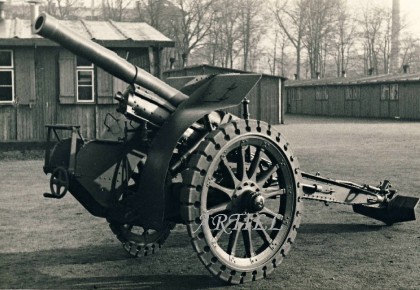Very unlikely. Spy satellites are necessarily very large because of their optics (for optical satellites) or radio dishes (for signals intelligence and radar satellites), and so are an extremely poor fit for something that can only launch small objects into space. Actually, for optical satellites the optics are also fairly delicate, so hardening them against the shock of a cannon launch would be rather hard even if they could be scaled down appropriately (which they could not). Likewise, GPS and communications satellites have to be fairly large to accommodate their communications gear (Starlink satellites, for instance, which are regarded as being pretty small, still weigh about 500 260 kg each, five two and a half times the payload of the Martlet IV), and in the former case have comparatively delicate atomic clocks on board (and need them). You might be able to harden the electronics gear to handle being shot out of a cannon, but hardening an atomic clock...? That's going to be difficult and expensive. Also, GPS satellites need to be in much higher orbits than cannon launch could practically achieve, as do many communications satellites (but not satellite phone satellites).
Moreover, the utility of cannon launch generally is...questionable, at least at the present stage. Between the shock issues and the small achievable payloads, they just can't actually launch a lot of the things that you might want to launch. What they're really good for is launching lots of largely or entirely inert cargo like propellant, water, pressurized gases, or similar things at a fairly low cost, but that only has utility if you already have substantial space activity like a large-scale Mars program or space manufacturing. Otherwise, it doesn't really do anything useful better than a rocket--twice-a-day launches regardless of weather are only useful if you actually have that many payloads to launch and need to make schedules, versus the current actual situation of few payloads that aren't particularly time-dependent. It's the classic chicken-and-egg problem of non-rocket spaceflight, meaning that in essence you need to have launch prices come down sufficiently to enable large-scale usage of space before it makes economic sense to develop non-rocket forms of launch--which are often touted as the only means to bringing down launch prices sufficiently!

